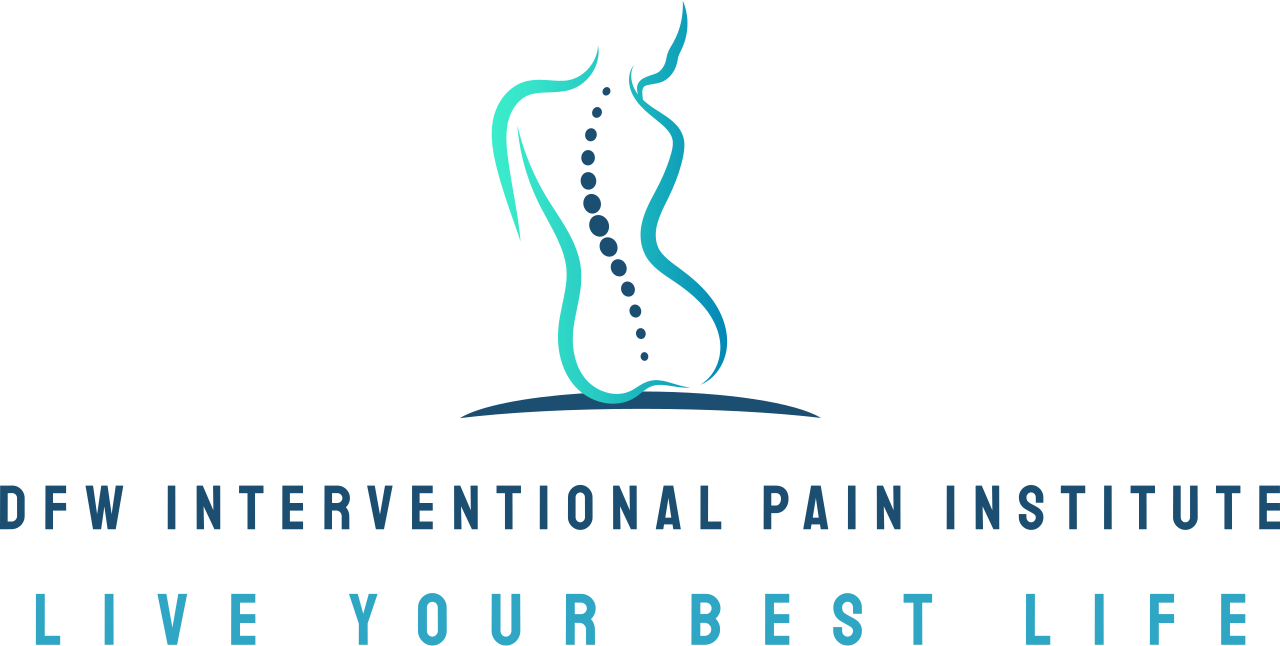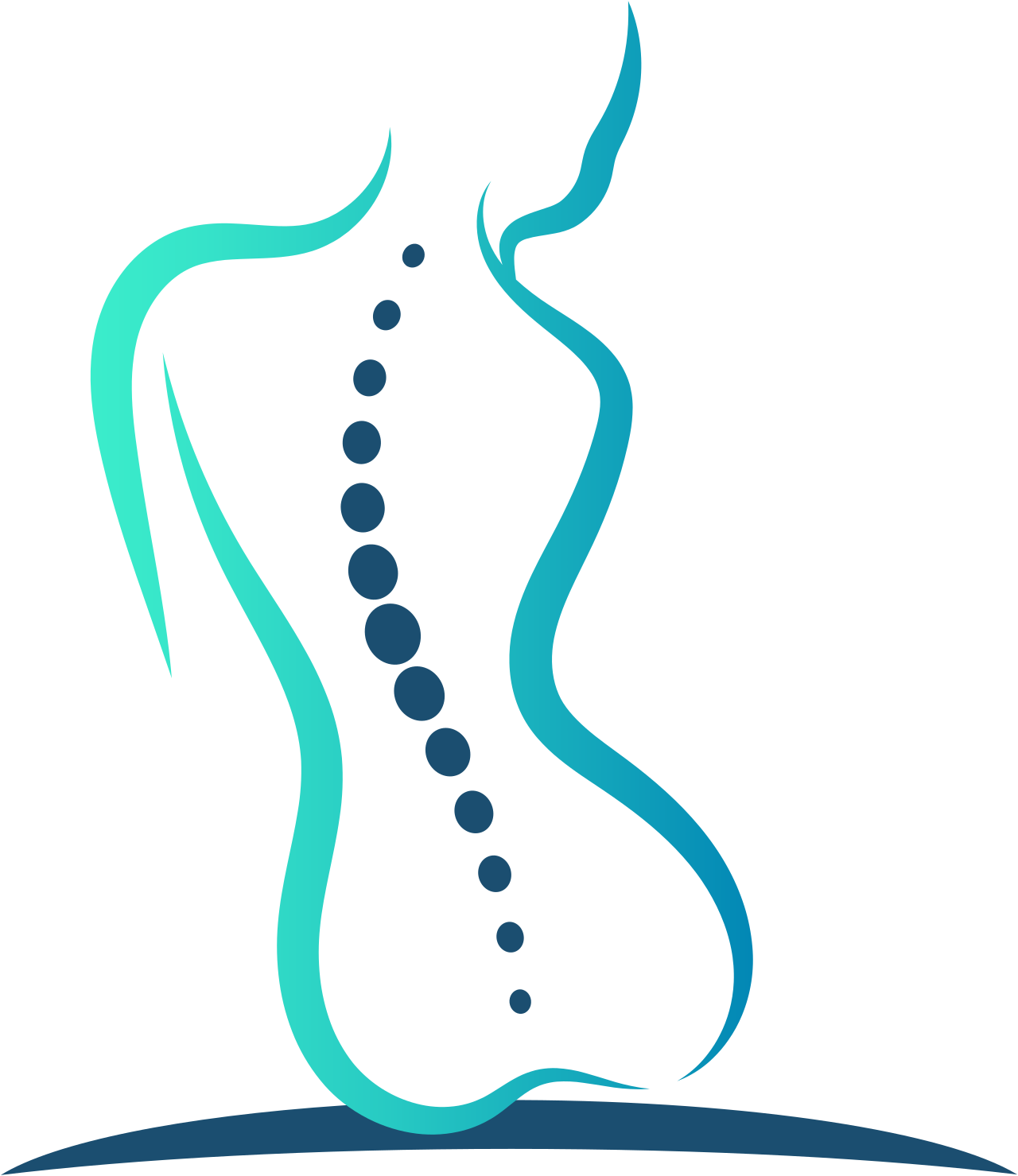When to seek medical help for coccydynia (understanding your tailbone pain)
Tailbone pain, medically known as coccydynia, is a common condition that can cause significant discomfort and annoyance. Many people experience tailbone pain when they're sitting or performing certain movements and activities. If you are dealing with tailbone pain, you may wonder if it's something serious enough to require medical help.
In this blog post, we will define coccydynia and when you should consider seeing a doctor for tailbone pain. Additionally, we will discuss potential treatment options for coccydynia that DFW Interventional Pain Institute can help with, and how to schedule an appointment with Dr. Edrick Lopez.
What is coccydynia (tailbone pain)?
Coccydynia is the medical term used to describe an inflammation of the coccyx, which is the small bone located at the bottom of the spine. This condition can cause pain between the buttocks that can be worsened by sitting or certain movements such as standing up after sitting for extended periods of time. In some cases, coccydynia may be caused by an injury or trauma to the tailbone, or by prolonged or repetitive pressure to the area.
The most common symptom of tailbone pain is a discomfort that worsens when sitting or with movements that put pressure on the bottom of the spine. This can range from mild to severe. The pain is often localized, felt in or around the tailbone area. Other typical symptoms may include:
An increased pain while transitioning from sit to stand.
Soreness and discomfort while performing physical activities that apply pressure on the tailbone such as cycling or rowing.
A noticeable pain during bowel movements or sexual intercourse.
In some cases, a visible bruise or swelling in the tailbone area.
These symptoms can vary significantly from person to person. Hence, it is important to consult a healthcare professional if you experience persistent or recurring tailbone pain.
When should you consider seeking medical help for tailbone pain?
A good rule of thumb is that if your symptoms last longer than two weeks and are not improving, it's a good idea to seek medical help. Additionally, if the pain is severe, impacts your quality of life, or is accompanied by other symptoms such as bowel or bladder dysfunction, fever, or numbness in the legs, you should see a pain management specialist like Dr. Edrick Lopez as soon as possible. Keep in mind that early diagnosis and treatment are crucial in managing coccydynia and preventing it from becoming a chronic condition. We consider tailbone pain that’s been ongoing for six months or more to be chronic pain.
Diagnosing coccydynia begins with a comprehensive medical history and physical examination by a healthcare professional such as Dr. Lopez. The doctor will ask about the onset of the pain, its severity, duration and any activities that exacerbate the discomfort. It is vital for patients to disclose any recent injuries or traumas to their lower back.
What is a typical examination for coccydinia like?
During the physical exam, the doctor may apply gentle pressure to the tailbone area to identify the exact location of the pain. This can help the doctor determine if the discomfort is indeed arising from the tailbone or if it may be referred pain from another area.
In some cases, additional diagnostic tests may be required to rule out other potential causes of the pain. These could include blood tests to detect infection or inflammation, X-rays to visualize the coccyx and check for fractures or dislocations, or an MRI scan to get a detailed view of the soft tissues and structures around the tailbone.
It is important to remember that the examination process should be performed by a healthcare professional experienced in diagnosing and managing coccydynia. If you are experiencing tailbone pain, contact DFW Interventional Pain Institute to schedule an appointment with Dr. Edrick Lopez.
What are the treatment options for coccydynia?
At DFW Interventional Pain Institute, Dr. Edrick Lopez specializes in pain management and tailbone pain treatment. Depending on the severity of your symptoms, he may recommend conservative therapies such as physical therapy, non-steroidal anti-inflammatory drugs (NSAIDs), heat and ice therapy, or other prescription medications to alleviate pain and discomfort. In some cases, he may suggest cortisone injections or nerve blocks to help decrease inflammation and alleviate pain.
At DFW Interventional Pain Institute, we use a variety of pain management treatment methods, and Dr. Lopez will be sure to discuss those in depth according to a method and schedule that will fit with your lifestyle. If you have any questions about pain management, feel free to email our office and we'll get back to you ASAP.
A pain management doctor like Dr. Edrick Lopez can help with tailbone pain
Tailbone pain can be an uncomfortable and debilitating condition that can impact your daily life. If you are experiencing tailbone pain that is persistent or severe, seeking medical help from a pain management specialist like Dr. Edrick Lopez at DFW Interventional Pain Institute may be the best course of action. Keep in mind that early treatment and management of coccydynia can help prevent the condition from becoming chronic and significantly impacting your quality of life. To schedule an appointment with Dr. Lopez, contact our office or call our office directly at (469)648-3832.

